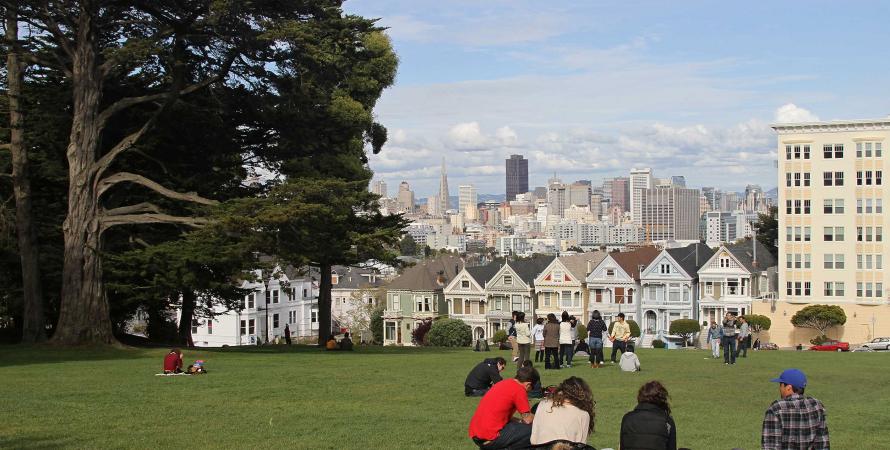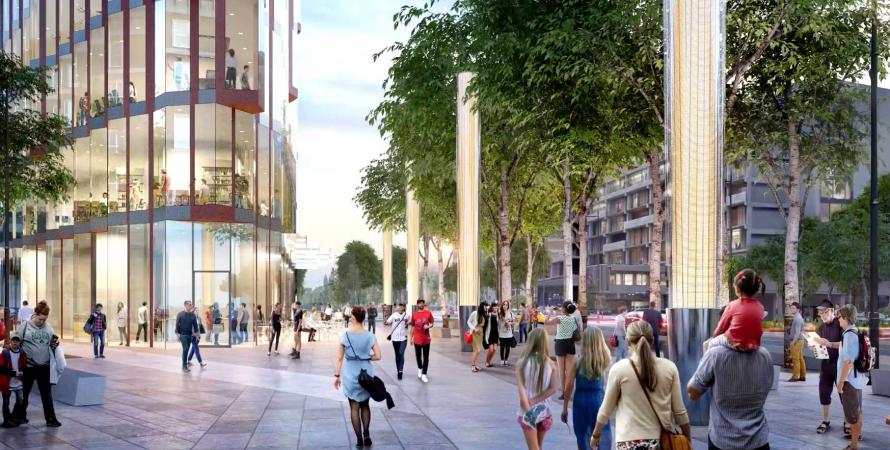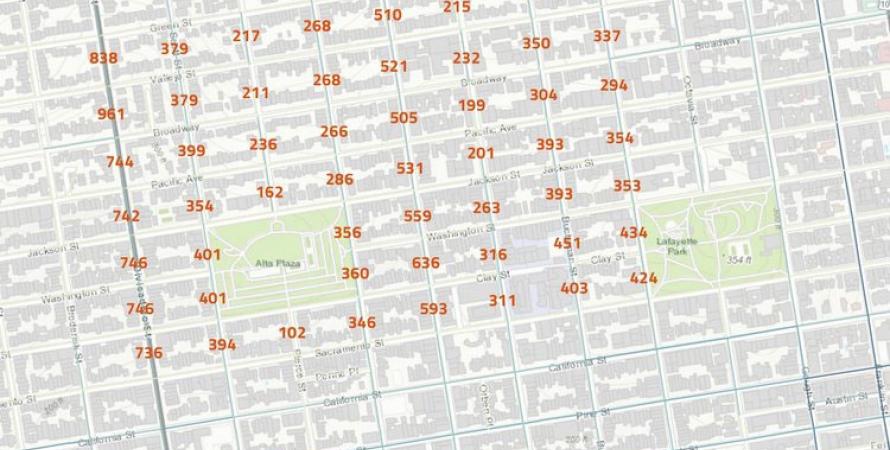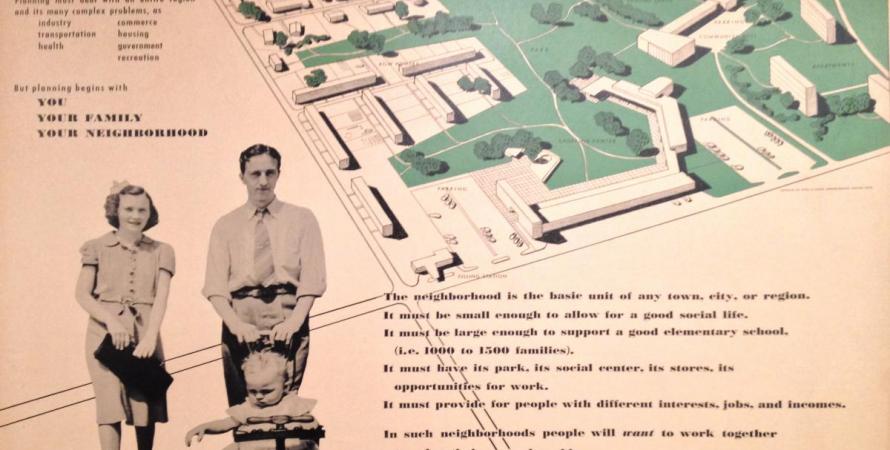-

Health benefits of New Urbanism
A study examined nine counties across the US and reviewed other research, finding evidence that health is positively impacted by urban design that follows principles of New Urbanism.Urban design factors can affect public health in several ways, including physical activity, traffic accident risk, pollution exposure, access to health resources, mental health and affordability, which affects households’ ability to afford other critical goods, such as healthy food and medical care...Read more -

From busy roadway to public square
Reducing redundant roadway in cities can be good for people both outside and inside of vehicles.One thing cities need is more creative traffic planning of pedestrian-unfriendly intersections, informed by good urban design. Here's a video of a cool design for Kenmore Square, a complicated and heavily traveled intersection in the Fenway/Kenmore neighborhood of Boston, near Boston University and...Read more -

The connected network answer to traffic congestion
A hierarchical system of subdivisions branching off of arterial roads is a "perfect recipe for congestion."Today, Strong Towns advocates for connected street networks to solve traffic congestion. Connected networks—grids or modified grids—disperse rather than concentrate traffic. Hierarchical streets networks—illustrated as subdivisions with loop roads and cul-de-sacs branching off of arterials—...Read more -

The once and future neighborhood
Urban planner Emily Talen tells the history of the neighborhood, why it became a controversial topic, and how the “everyday neighborhood” could help a diverse America come together.In the beginning, there was the neighborhood. It was where people lived, for thousands of years. “Neighborhoods are a ubiquitous condition of human settlement, found in all time periods, in all cultures, and in both rural and urban contexts,” writes Emily Talen, Professor of Urbanism at the...Read more